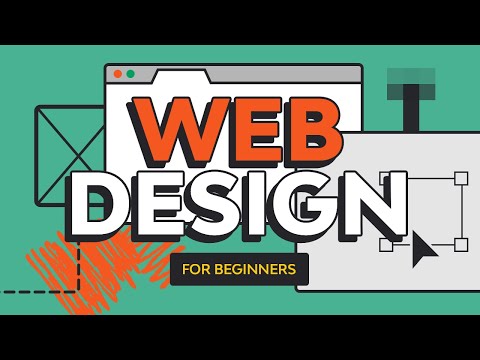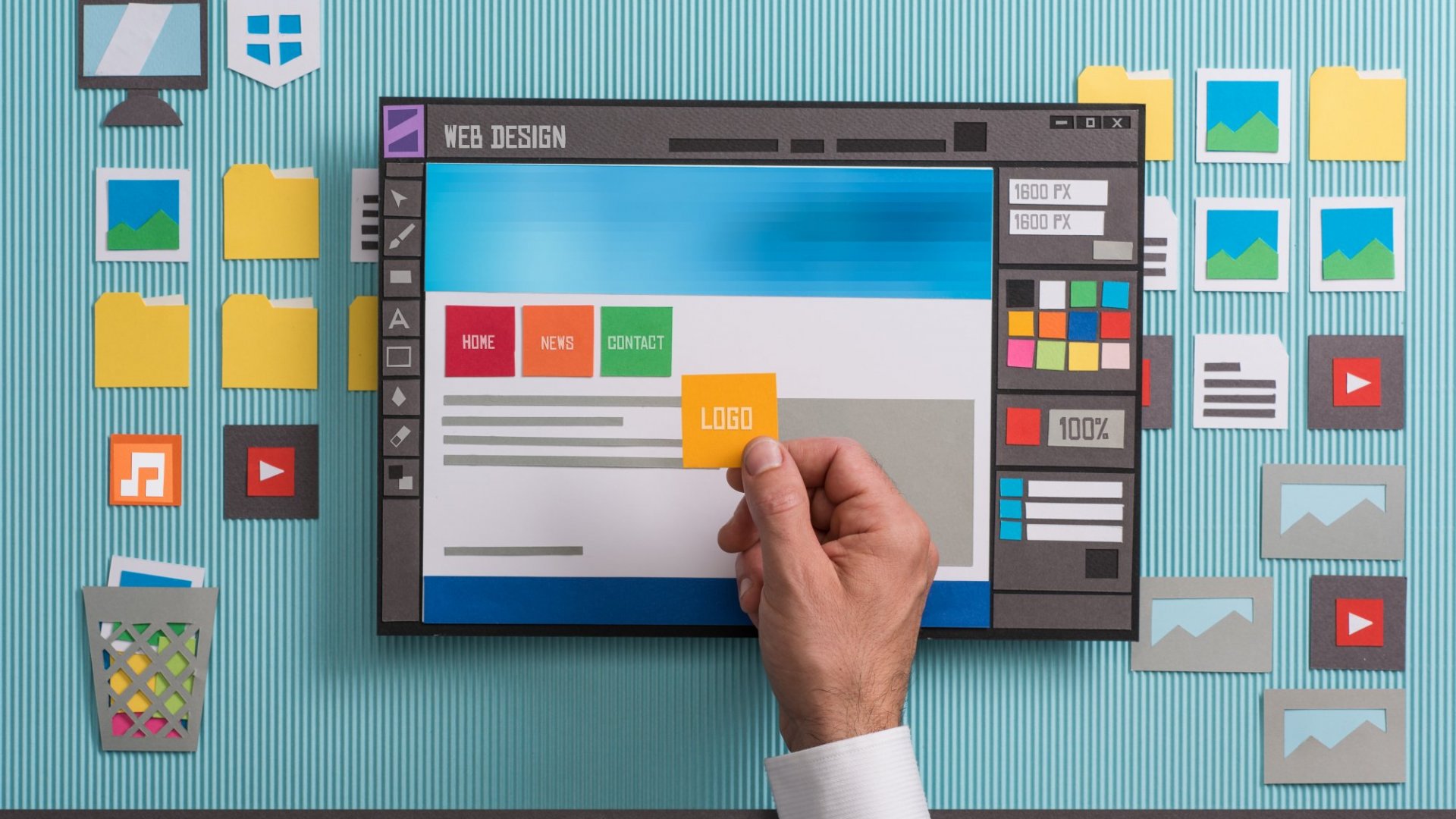Just How Specialist Web Design Can Change Your Online Visibility
Just How Specialist Web Design Can Change Your Online Visibility
Blog Article
A Comprehensive Overview to Crafting Aesthetically Appealing and Functionally Robust Website Design Solutions
In the ever-evolving landscape of website design, the equilibrium between visual allure and useful honesty continues to be extremely important. A thorough understanding of fundamental design concepts, alongside a keen focus on customer experience, can dramatically boost the performance of internet solutions. By leveraging components such as shade theory and receptive layouts, developers are furnished to develop not only aesthetically pleasing user interfaces but additionally ones that promote user interaction. The journey from idea to implementation includes added layers of complexity that quality exploration, specifically in the worlds of testing and optimization. What methods can be employed to accomplish this fragile balance?
Recognizing Style Concepts
Comprehending style principles is essential to developing reliable internet solutions that involve customers and communicate messages clearly. These principles work as the structure for any kind of effective design job, leading the aesthetic and functional aspects of a site. Secret style concepts consist of equilibrium, comparison, placement, rep, and proximity, each playing an important function in establishing a natural and aesthetically pleasing layout.
Comparison improves readability and draws focus to crucial functions, allowing customers to navigate the web content effortlessly. Rep reinforces a regular aesthetic language, enhancing brand name identity and boosting user knowledge with the interface.
Importance of Customer Experience
Individual experience (UX) is essential in website design, as it directly affects just how site visitors engage with a site and perceive its worth. A well-designed website not only brings in customers however also maintains them involved, ultimately causing higher conversion rates and customer contentment. UX encompasses different components, including functionality, access, and the overall aesthetic appeal of the website.

Furthermore, favorable user experiences foster brand name loyalty and urge repeat visits. Inevitably, prioritizing customer experience in web layout is vital for developing practical, interesting, and successful websites that satisfy the needs of modern-day users.
Shade Concept in Website Design
Shade theory plays a crucial role in internet design, influencing not just the aesthetic charm of a website but also the psychological responses of its individuals. Recognizing color characteristics is essential for producing a reliable user experience. Shades can evoke certain sensations; for example, blue commonly shares count on and professionalism, while red can additional hints impart enjoyment or urgency.
Complementary colors can create vibrancy, while similar shades supply an even more tranquil feel. Making use of devices like color wheels can help in determining efficient color mixes.
In addition, social context plays a considerable duty in shade analysis. While white indicates pureness in Western societies, it may stand for grieving in some Eastern cultures. A thorough understanding of the audience is essential when using shade theory.
Including color psychology right into internet design not just improves visual allure however also affects customer behavior, assisting them toward desired activities. Eventually, a well-balanced color technique can considerably elevate the general impact of an internet site.
Responsive and Flexible Designs
Along with shade theory, the structure and format of a site significantly effect user experience and interaction. web design. Responsive and adaptive formats are vital strategies for guaranteeing that internet sites work properly across a wide variety of devices and screen dimensions
Responsive design employs liquid grids and flexible pictures, permitting the layout to change flawlessly according to the viewport dimensions. This technique makes certain a consistent user experience, as material reflows and resizes, keeping accessibility whether checked out on a smart device, tablet, or desktop. Media inquiries play an essential duty in responsive layout by applying different styles based on the gadget's features.

Both approaches aim to enhance customer experience by focusing on functionality and availability. Selecting in between responsive and adaptive formats greatly depends upon job requirements, target market, and preferred user communications, eventually adding to the effectiveness of internet style solutions.
Screening and Optimization Methods
Evaluating and optimization strategies are important elements of effective website design, making certain that web sites not only fulfill customer assumptions but also execute effectively across different systems. These methodologies incorporate a series of techniques aimed at evaluating functionality, functionality, and general performance.
A/B testing is a fundamental you can check here method, permitting designers to contrast two versions of a website to determine which executes better in terms of customer engagement and conversion prices. User testing is just as important; it involves collecting feedback from genuine customers to identify pain factors and locations for improvement. This qualitative information can guide style changes that enhance individual experience.
Additionally, performance optimization methods such as picture compression, code minification, and leveraging internet browser caching can dramatically improve load times and responsiveness. Devices like Google PageSpeed Insights and GTmetrix provide valuable metrics for evaluating site performance, allowing designers to make data-driven decisions.
Final Thought
To conclude, the assimilation of essential design principles, user-centered approaches, and rigorous testing methodologies is important for creating effective website design solutions. By my link focusing on equilibrium, contrast, positioning, and color concept, designers can boost aesthetic appeal while ensuring functionality. Responsive layouts contribute to a seamless user experience across tools, better advertising interaction. Eventually, the application of these techniques not only elevates customer satisfaction yet additionally drives conversion rates, solidifying the relevance of a thorough style framework.
Report this page